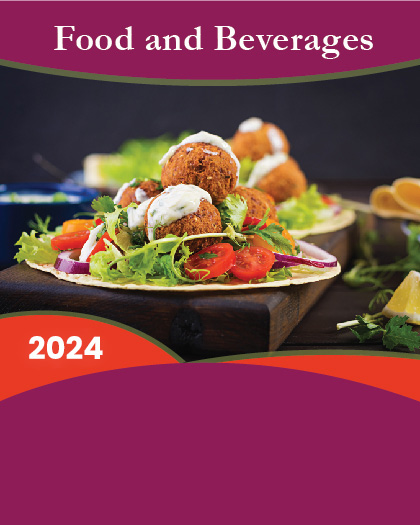
Soft Body Armor. In a bulletproof vest, several layers of bullet-resistant webbing (such as KEVLAR) are sandwiched between layers of plastic film, These layers are then woven to the carrier, an outer layer of traditional clothing material.
This report elaborates the market size, market characteristics, and market growth of the Soft Body Armor industry, and breaks down according to the type, application, and consumption area of Soft Body Armor. The report also conducted a PESTEL analysis of the industry to study the main influencing factors and entry barriers of the industry.
In Chapter 3.4 of the report, the impact of the COVID-19 outbreak on the industry was fully assessed. Fully risk assessment and industry recommendations were made for Soft Body Armor in a special period. This chapter also compares the markets of Pre COVID-19 and Post COVID-19.
In addition, chapters 8-12 consider the impact of COVID-19 on the regional economy.
Key players in the global Soft Body Armor market covered in Chapter 13:
ArmorWorks Enterprises
Honeywell International
Royal TenCate Corporation EMEA
3M
BAE Systems
DuPont
Ceradyne
The Safariland LLC
ArmorSource LLC,
In Chapter 6, on the basis of types, the Soft Body Armor market from 2015 to 2025 is primarily split into:
Soft and Hard Armor
Clothing
Helmet
Accessories
In Chapter 7, on the basis of applications, the Soft Body Armor market from 2015 to 2025 covers:
Military
Civilian
Geographically, the detailed analysis of production, trade of the following countries is covered in Chapter 4.2, 5:
United States
Europe
China
Japan
India
Geographically, the detailed analysis of consumption, revenue, market share and growth rate of the following regions are covered in Chapter 8, 9, 10, 11, 12:
North America (Covered in Chapter 8)
United States
Canada
Mexico
Europe (Covered in Chapter 9)
Germany
UK
France
Italy
Spain
Others
Asia-Pacific (Covered in Chapter 10)
China
Japan
India
South Korea
Southeast Asia
Others
Middle East and Africa (Covered in Chapter 11)
Saudi Arabia
UAE
South Africa
Others
South America (Covered in Chapter 12)
Brazil
Others
Years considered for this report:
Historical Years: 2015-2019
Base Year: 2019
Estimated Year: 2020
Forecast Period: 2020-2025
























